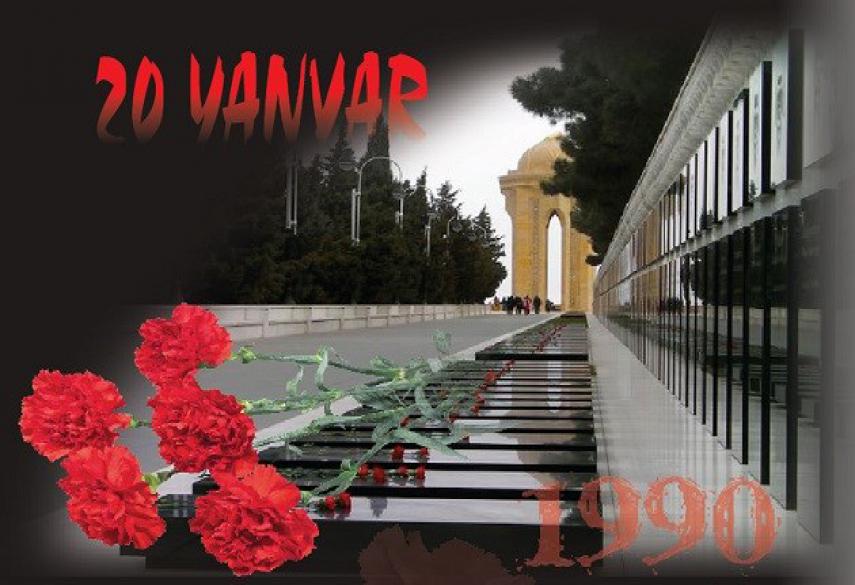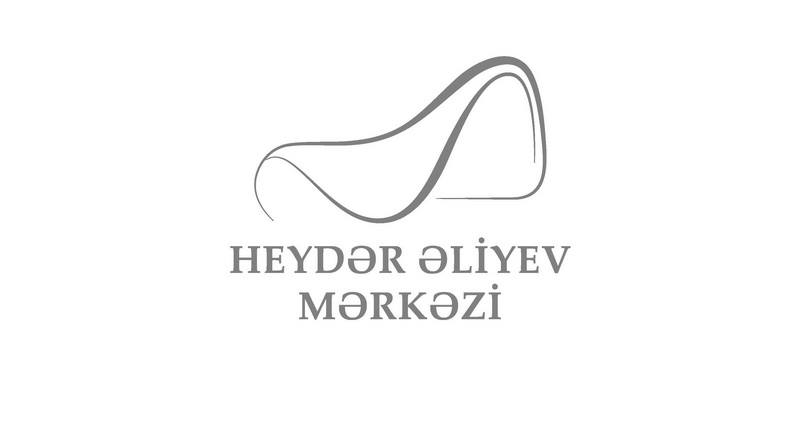Key details of “confidential” document in the solution of the Nagorno-Karabakh affair
The Nagorno-Karabakh conflict, not resolved so far, is the source of danger in South Caucasus and subject of concern to international community. However, involvement of a number of international organizations in the solution of the conflict as a result of the active foreign policy of the Republic of Azerbaijan has not achieved the result expected.
OSCE Minsk group, set up to solve the conflict, is the most active actor in the sphere of the conflict. However, the OSCE decisions adopted in Budapest and Lisbon summits respectively on December 5-6, 1994 and December 2-3, 1996 were not accomplished. Also, suggestions ((“Step by Step”, “Package Deal”, “Commonwealth”) the Minsk group made for the resolution of the conflict were invalid.
A new phase started since 2004 in the resolution of the conflict after Azerbaijani and Armenian foreign ministers met in Prague. According to OSCE, 2 major progresses were achieved as a result of the Prague processes:
1) Both sides openly declared their visions and positions;
2) A phasic solution of the issue was identified and the agreement envisaged the terms necessary for both sides.
The key details of “Document on basic principles” (Madrid principles), comprising 3 pages and 14-15 items, adopted in 2007 as a result of the Prague period, are as follows, though it was confidential:
1) Withdrawal of Armenian troops from 6 districts completely and 1 district partly, also from Kalbajar district in phases, making a special plan for Lachyn district;
2)
3) Location of international peacekeeping forces of 10.000 persons between Nagorno-Karabakh and the occupied districts, in particular in Kalbajar district;
4)
5) Granting “temporary international status” to Nagorno-Karabakh. This status must provide larger legitimacy to the elected officials of Nagorno-Karabakh and assure access of its citizens to the world, but not envisage its international recognition;
6)
7) Holding a referendum in an uncertain date in future (details not fixed yet) to determine the future of Nagorno-Karabakh.
Tomas de Vaal, a British journalist specialized in Caucasus, specially in the Karabakh conflict, writes the main detail in the document the Armenian side does not agree with is the status of Lachyn district, which connects Armenia to Nagorno-Karabakh with highway. To Armenians, this district is “line of vital importance” linking the two territories together. In larger sense, the Armenian side is careful with the international “security warranties” that will weaken its opportunities to defend Nagorno-Karabakh. And the main issue the Azerbaijani side is concerned about is the essence of the referendum to be held in future on the status of Nagorno-Karabakh.
Though meetings of foreign ministers and presidents following the adoption of the document brought some progress to the settlement of the conflict, unfortunately no final agreement was reached.























